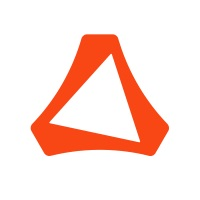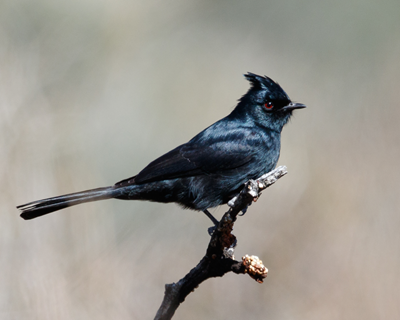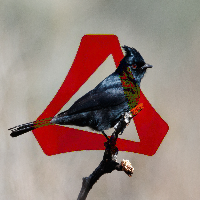bitwiseandcv
Performs bitwise union on given inputs, source1 and source2.
Syntax
R = bitwiseandcv(source1, source2)
R = bitwiseandcv(source1, source2, mask)
Inputs
- source1
- Handle of an image.
- source2
- Handle of an image or an integer.
- mask
- Optional handle of an 8-bit single channel image or a 2D matrix of natural numbers representing the elements in R that need to be changed.
Outputs
- R
- Handle of the output image.
Examples
img = imreadcv('Clouds.jpg', 1);
figure(1);
imshowcv(img);
white_ = [255, 255, 255];
lowerBound = [200,200,200];
mask = inrangecv(img, lowerBound, white_);
res = bitwiseandcv(img, img, mask);
figure(2);
imshowcv(res);
Figure 1. Input image

Figure 2. Output image
source1 = imreadcv('image1.jpg');
source2 = imreadcv('image2.jpg');
R = bitwiseandcv(source1, source2);
Figure 3. Input image 1

Figure 4. Input image 2

Figure 5. Output image
source1 = imreadcv('image1.jpg');
source2 = imreadcv('image2.jpg');
masksize = imsizecv(source1);
mask = ones(masksize(1), masksize(2));
R = bitwiseandcv(source1, source2, mask);